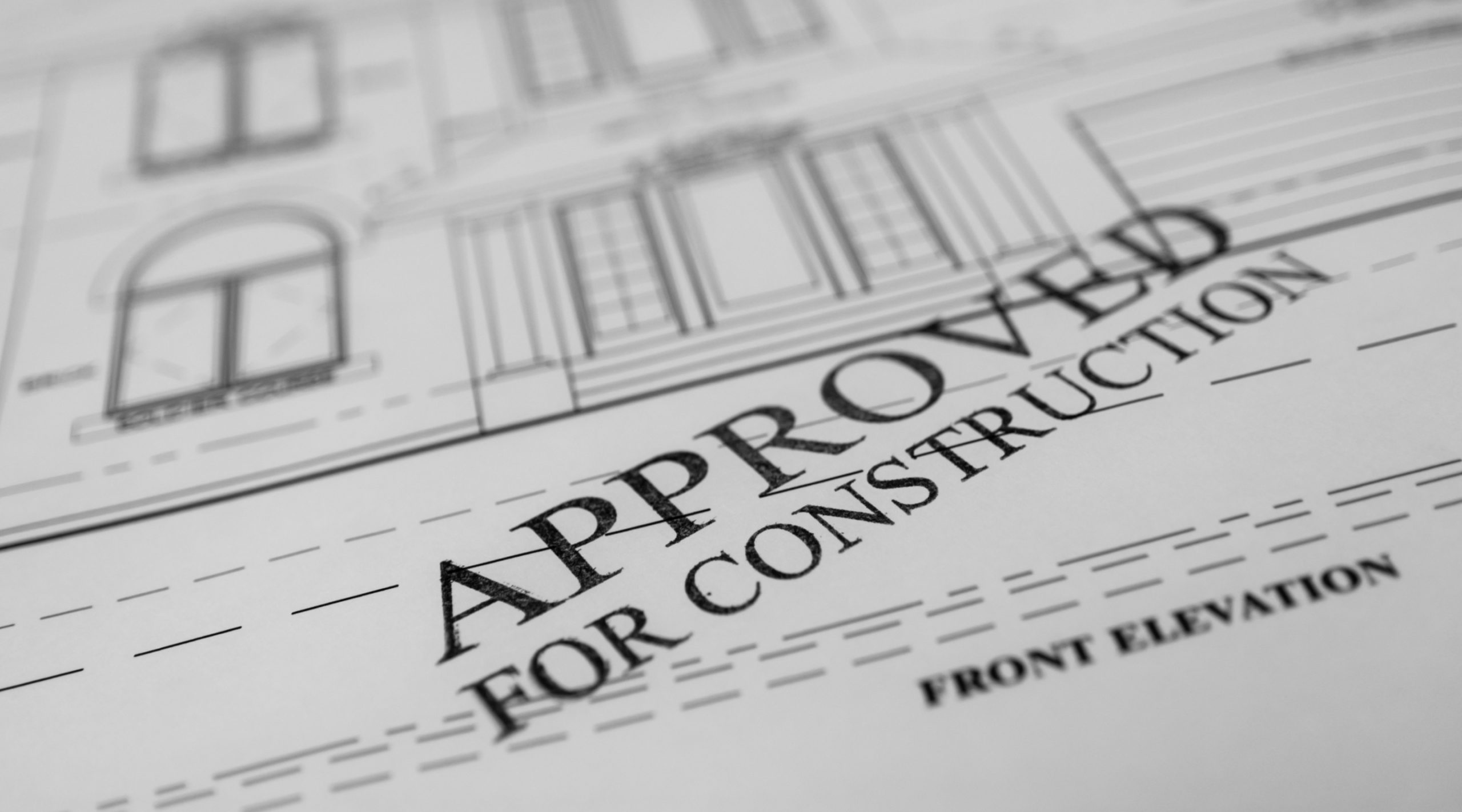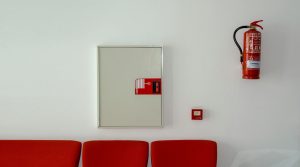
Fire Protection Tips for Construction Sites in Singapore
Introduction
Fire safety on construction sites in Singapore requires careful planning and proactive measures to prevent potential hazards. With numerous combustible materials, ongoing welding and cutting activities, and temporary electrical setups, construction sites present unique fire risks that must be managed effectively. Implementing comprehensive fire protection strategies not only safeguards workers and assets but also ensures compliance with local regulations and industry best practices.
Understanding Fire Hazards on Construction Sites
Construction sites contain multiple fire hazards that can escalate quickly if not properly controlled. Common causes of fires include:
Electrical Faults – Temporary wiring, overloaded circuits, and faulty electrical connections can lead to short circuits and fires.
Hot Work Activities – Welding, cutting, and grinding produce sparks that can ignite flammable materials nearby.
Combustible Materials – Wood, insulation, packaging materials, and chemicals used in construction can fuel fires.
Flammable Liquids and Gases – Improper storage and handling of fuels, solvents, and gases increase fire risks.
Human Error and Negligence – Improper use of electrical equipment, careless smoking, and failure to follow safety protocols contribute to fire outbreaks.
Fire Prevention Strategies for Construction Sites
To mitigate fire risks, construction site managers should enforce strict fire safety protocols and provide continuous training. Here are some key preventive measures:
1. Implement Fire Safety Training and Awareness
Conduct regular fire safety drills to familiarize workers with emergency procedures.
Educate staff on the proper handling of flammable materials and the importance of maintaining clear escape routes.
Assign fire wardens responsible for monitoring compliance with fire safety regulations.
2. Maintain Safe Electrical Practices
Use properly insulated cables and avoid overloading electrical circuits.
Install and regularly inspect circuit breakers to detect faults early.
Prohibit unauthorized modifications to electrical wiring and systems.
3. Enforce Safe Storage and Handling of Flammable Materials
Store fuels and chemicals in designated areas with proper ventilation.
Keep flammable substances away from ignition sources such as welding and heating equipment.
Use fire-resistant storage cabinets for hazardous materials.
4. Implement Strict Hot Work Controls
Require a permit-to-work system for welding, cutting, and grinding operations.
Use fire blankets and non-combustible barriers to contain sparks and heat.
Keep firefighting equipment nearby when performing hot work activities.
5. Ensure Proper Housekeeping and Waste Management
Regularly remove construction debris and combustible waste from the site.
Store unused materials in a fire-safe manner, away from ignition sources.
Keep access points and emergency exits clear of obstructions.
6. Install and Maintain Fire Protection Equipment
Equip the site with fire extinguishers, fire hoses, and sprinkler systems.
Regularly inspect and maintain firefighting equipment to ensure they are functional.
Install smoke detectors and alarm systems to provide early fire warnings.
7. Develop an Emergency Response Plan
Create and communicate a fire emergency plan tailored to the construction site layout.
Assign specific roles to personnel for fire response and evacuation coordination.
Conduct periodic drills to test the effectiveness of the emergency plan.
Compliance with Singapore’s Fire Safety Regulations
Construction firms in Singapore must adhere to the guidelines set by the Singapore Civil Defence Force (SCDF) and comply with the Fire Safety Act. Key regulatory requirements include:
Obtaining a Fire Safety Certificate (FSC) before occupying a completed building.
Following the Code of Practice for Fire Precautions in Buildings (SS 556:2010).
Ensuring that fire protection systems are installed and inspected by certified professionals.
Failure to comply with fire safety regulations can result in hefty fines, legal liabilities, and project delays. Regular audits and assessments help maintain compliance and enhance site safety.
Conclusion
Fire prevention on construction sites in Singapore demands a proactive approach, combining regulatory compliance, worker education, and stringent safety measures. By identifying fire hazards, enforcing best practices, and equipping sites with necessary firefighting tools, construction companies can minimize risks and create a safer working environment. Prioritizing fire safety not only protects lives and property but also contributes to the smooth execution of construction projects.





